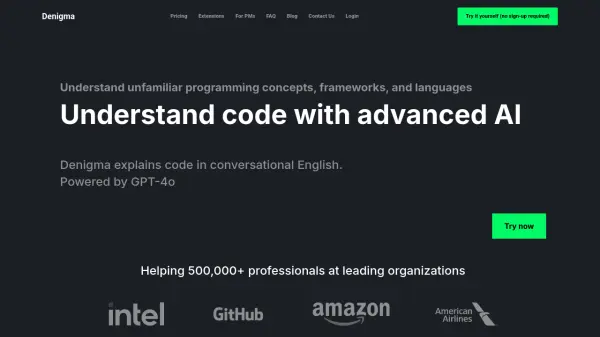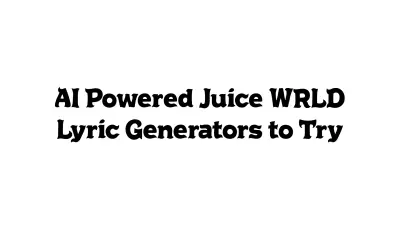What is DryRun Security?
DryRun Security offers Contextual Security Analysis to identify and mitigate risks in your codebase that traditional pattern-matching SAST tools often miss. The platform integrates seamlessly with GitHub (GitLab support coming soon) and provides real-time feedback directly within pull requests, making it easy for developers and AppSec professionals to collaborate.
DryRun Security moves beyond surface-level analysis, considering codepaths, developer intent, and language-specific checks. It uses Natural Language Code Policies (NLCP), allows the setup of security guidelines in plain language, eliminating the need to complex frameworks. This approach facilitates the early detection of potential issues, thus enabling faster and confident code releases.
Features
- Code Insights: Provides visibility across every code change to identify risk entry points.
- Natural Language Code Policies: Allows the definition of AppSec policies using plain language.
- Core Code Policies: Enforces pre-configured policies to protect against key vulnerability categories.
- Contextual Security Analysis: Evaluates code changes by considering factors like codepaths, developer intent, and language specifics.
- Notifications and Reporting: Integration with GitHub and Slack for notification and collaboration.
Use Cases
- Streamlining AppSec programs with real-time code change visibility.
- Extending security guidance to development teams using customizable code policies.
- Enforcing security policies and compliance without manual intervention.
- Improving developer engagement with clear, actionable feedback on security issues.
- Identifying high-risk code changes in real time.
FAQs
-
Do I have to use GitHub?
Yes, you do. Currently, DryRun Security only works with code repositories on GitHub. -
What is Contextual Security Analysis and how does it work?
DryRun Security gathers security context on every code change and evaluates it across the SLIDE model (Surface, Language, Intent, Detections, & Environment). Instead of getting a single datapoint to represent the riskiness of the change, you're getting a more comprehensive view. Want to learn more? We have a guide that explains it in depth. -
How do you keep my code safe?
a. We use a private LLM and your data is never fed through a public AI system.b. Our usage of ephemeral micro services guarantees that once a task is is completed, your code vanishes from our analysis enginec. Instead of retaining data from your repos, we analyze and store key data points.d. We also subject our infrastructure to quarterly audits and assessments by a third-party security auditor.For more details on how we keep your data safe visit here
Related Queries
Helpful for people in the following professions
DryRun Security Uptime Monitor
Average Uptime
99.72%
Average Response Time
247.27 ms
Featured Tools
Join Our Newsletter
Stay updated with the latest AI tools, news, and offers by subscribing to our weekly newsletter.











